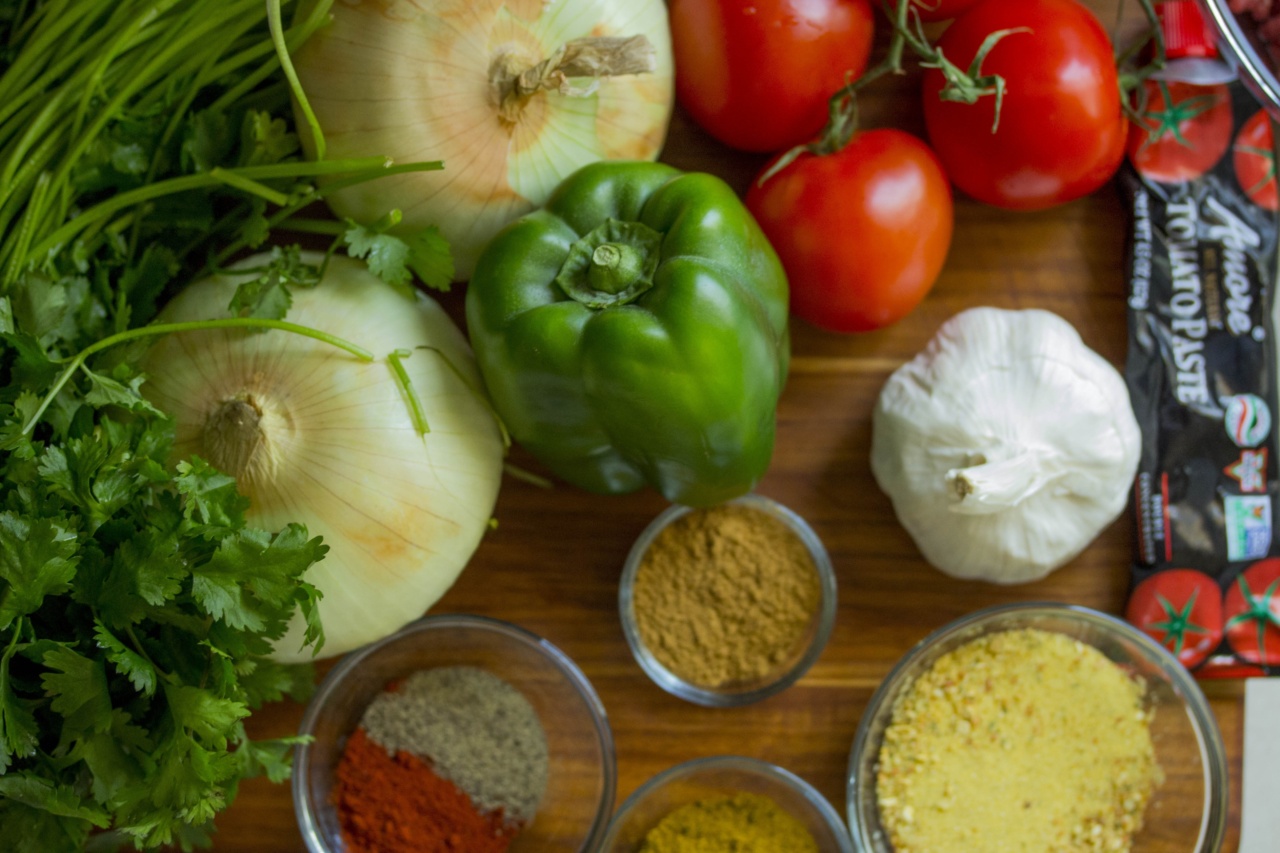As the temperatures drop, we tend to crave warm comfort foods that satisfy our hunger and boost our immune system in the cold season.
Red winter vegetables, also known as root vegetables, are the perfect food items to consume during this time of the year. The vibrant red hue of these vegetables signifies that they are loaded with essential nutrients that are required for a healthy body and mind.
In this article, we will explore why red winter vegetables are considered nutritional powerhouses for our health.
What are red winter vegetables?
Red winter vegetables typically include root vegetables that grow underneath the soil during the autumn and winter months. Some of the popular red winter vegetables are:.
- Beets
- Red onions
- Radishes
- Red potatoes
- Carrots
- Turnips
- Rutabaga
Why are red winter vegetables considered nutritional powerhouses?
Red winter vegetables are considered nutritional powerhouses because they are rich in essential nutrients, which are required for our overall health and well-being. Below are some reasons why red winter vegetables should be included in our diet:.
Rich in antioxidants
Red winter vegetables are rich in antioxidants, which help to protect our cells from damage caused by free radicals.
Antioxidants also support our immune system and reduce the risk of chronic diseases such as heart disease, cancer, and Alzheimer’s disease.
Excellent source of dietary fiber
Dietary fiber is essential for maintaining a healthy digestive system. Red winter vegetables are an excellent source of dietary fiber, which helps to regulate bowel movements, reduce inflammation, and improve gut health.
Additionally, fiber helps to keep us feeling full and satiated, which can promote weight loss.
Loaded with vitamins and minerals
Red winter vegetables are loaded with essential vitamins and minerals such as vitamin C, vitamin A, vitamin K, and potassium.
Vitamin C helps to boost our immune system and improve skin health, while vitamin A supports eye health and improves the immune system. Vitamin K is essential for blood clotting and bone health, and potassium helps to maintain a healthy blood pressure level.
Low in calories
Red winter vegetables are low in calories but high in nutrients. Eating a diet that is low in calories can help with weight loss and reduce the risk of obesity-related diseases such as heart disease and diabetes.
Health benefits of red winter vegetables
Below are some of the health benefits of consuming red winter vegetables:.
Supports heart health
Red winter vegetables are rich in dietary fiber, which helps to lower cholesterol levels and reduce the risk of heart disease.
Additionally, the antioxidants found in red winter vegetables help to protect the heart by reducing inflammation and improving blood flow.
Reduces the risk of cancer
The antioxidants and phytochemicals found in red winter vegetables have anti-cancer properties that help to reduce the risk of various types of cancer, including colon, breast, and lung cancer.
Improves gut health
The high fiber content in red winter vegetables helps to improve gut health by promoting the growth of beneficial bacteria in the gut.
Additionally, the nutrients found in red winter vegetables help to reduce inflammation, which can lead to improved gut health.
Boosts immune system
The vitamin C and antioxidants found in red winter vegetables help to boost the immune system by protecting the body against free radicals and reducing inflammation. This can help to prevent colds and flu during the winter season.
How to consume red winter vegetables
Red winter vegetables can be consumed in various ways, including:.
- Roasting
- Steaming
- Grilling
- Sautéing
- Mixing with other vegetables in soups and stews
Below are some delicious red winter vegetable recipes:.
Roasted root vegetables
Ingredients:.
- 2 red onions, peeled and sliced into wedges
- 2 beets, peeled and cubed
- 2 carrots, peeled and chopped into chunks
- 2 parsnips, peeled and chopped into chunks
- 2 potatoes, peeled and chopped into chunks
- 2 tbsp. olive oil
- 1 tsp. dried rosemary
- Salt and pepper, to taste
Instructions:.
- Preheat the oven to 400 degrees Fahrenheit.
- In a large bowl, combine all the vegetables and toss with olive oil, rosemary, salt, and pepper.
- Spreed the vegetables out in a single layer on a parchment-lined baking sheet.
- Roast for 20-30 minutes, or until the vegetables are tender and golden brown.
- Serve hot.
Beet salad with feta cheese
Ingredients:.
- 4 medium-sized beets, peeled and sliced thinly
- 4 cups fresh spinach
- 1/2 cup crumbled feta cheese
- 1/4 cup walnuts, chopped
- 2 tbsp. olive oil
- 2 tbsp. balsamic vinegar
- Salt and pepper, to taste
Instructions:.
- Preheat the oven to 375 degrees Fahrenheit. Place the sliced beets in a baking dish.
- Drizzle the beets with olive oil and season with salt and pepper.
- Bake for 25-30 minutes, or until tender.
- In a salad bowl, combine the roasted beets, spinach, feta cheese, and walnuts.
- Drizzle with balsamic vinegar and olive oil, and toss to combine.
- Serve chilled.
Conclusion
Red winter vegetables are a nutritional powerhouse that provides a range of essential nutrients and health benefits. Adding these delicious vegetables to your diet can help to support your overall health and well-being.
Try incorporating red winter vegetables in your meals this winter season and enjoy the benefits of these nutrient-dense foods.































